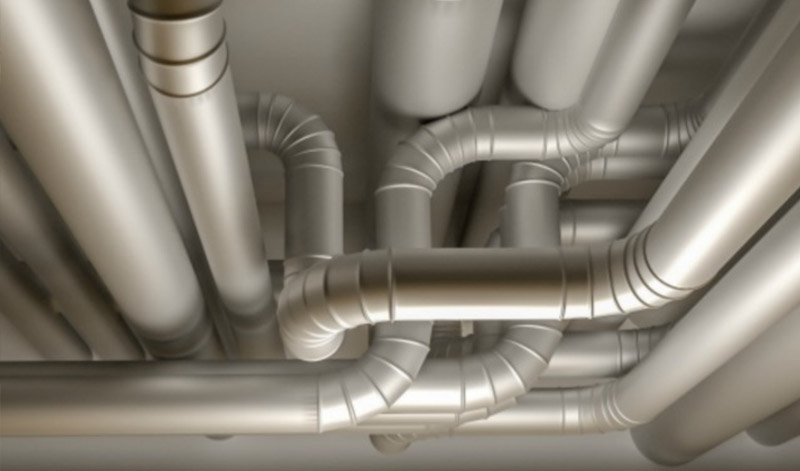
Indoor Air Quality: Ventilation by Demand
Adequate ventilation is critical to good indoor air quality and occupant comfort. However, the energy needed to run the HVAC system makes up nearly half of the total energy costs in a typical commercial building. Demand control ventilation (DCV) maintains fresh air levels based on air quality, saving on operating costs while maximizing indoor air quality.
The problem with ventilation
The ANSI/ASHRAE Standard 62.1 Ventilation for Acceptable Indoor Air Quality is the most widely used ventilation standard. The Ventilation Rate Procedure under this standard determines fresh air requirements using occupancy and floor area. To comply, facilities typically operate at fixed ventilation rates based on average design occupancy. The alternative Indoor Air Quality (IAQ) Procedure hinges on a real-time analysis of concentrations of contaminants in the air.
For facilities with varying occupancy patterns, there’s often more outside air coming in than necessary, which requires more energy to heat, cool and maintain proper humidity levels. In humid climates, too much ventilation can result in excess humidity, as well as mold and mildew problems. Inadequate fresh air, on the other hand, can make building occupants uncomfortable and lead to sick building syndrome. DCV solves both of these issues.
How DCV works
DCV systems use sensors to determine air quality, following the IAQ Procedure. For instance, carbon dioxide sensors measure the buildup of carbon dioxide from occupants.
Volatile organic compound (VOC) sensors measure outgassing from computers, copiers, furniture, carpets and paint. They’re best suited for large spaces, such as shopping malls.
Some systems combine different sensors into one unit. Data from the sensors is sent to the logic controller, which adjusts the economizer or damper accordingly.
How much will it save?
Potential savings from DCV systems will vary considerably, depending on the building type, climate and occupancy patterns. However, potential HVAC savings are as high as 60% for spaces that are lightly used but designed for large numbers of people, such as sports arenas. In colder climates, the largest energy savings will be in heating costs. In hot, humid climates, facilities can reduce cooling costs significantly.
In addition to energy savings, DCV systems help improve air quality and control humidity. By recording air quality data, systems with carbon dioxide sensors also help to meet building codes and dispute claims related to indoor air quality issues.
Design considerations
Demand control ventilation is a good fit where people are the main drivers of indoor air pollution. Typical applications include high-density spaces with highly variable or unpredictable occupancy, such as public assembly places, convention centers and retail establishments. In facilities where ventilation is used to dilute a flammable substance or potentially harmful process chemicals, DCV may not work.
Also, ventilation rates may impact other building design issues, such as exhaust and pressurization. It’s important to understand the level and variations of occupancy, as well as the type and amount of any non-human contaminants. Other design parameters to consider include the type of sensors, their location and the minimum flow rate required.